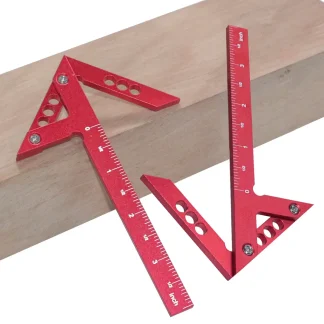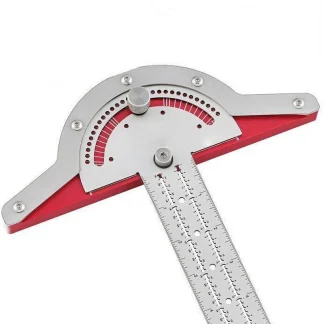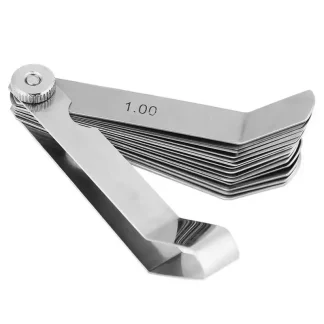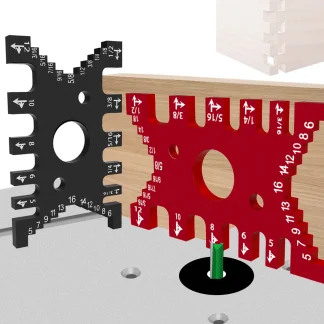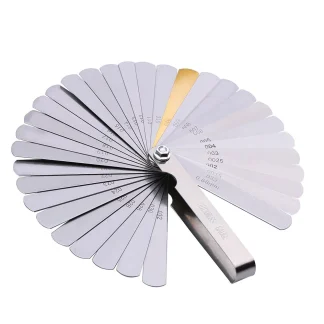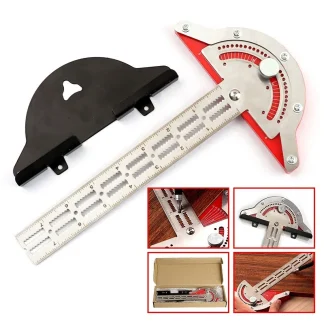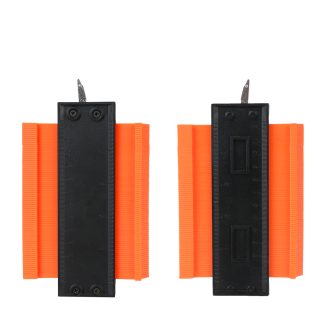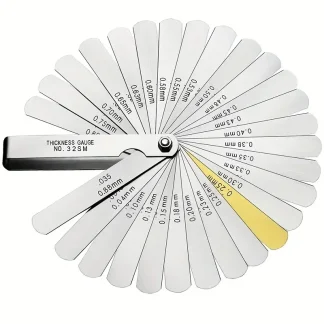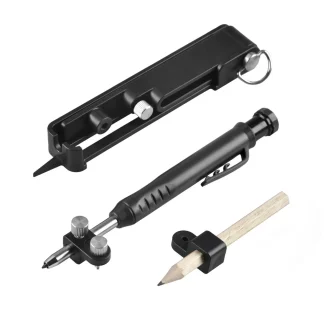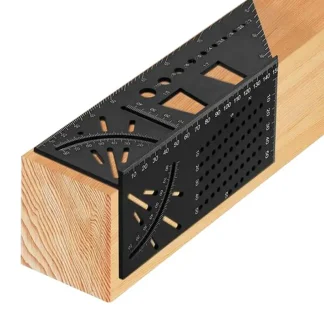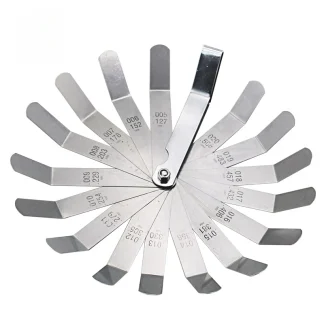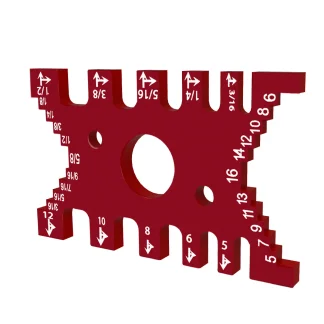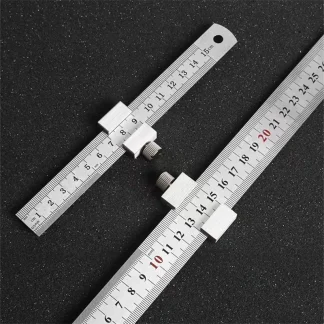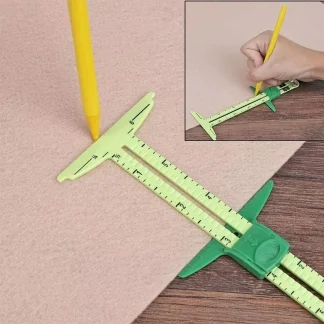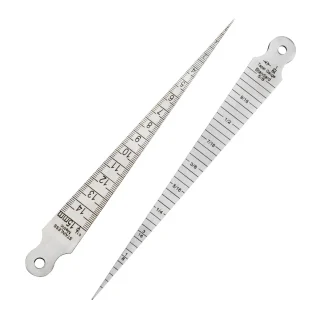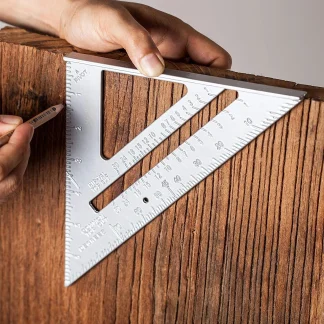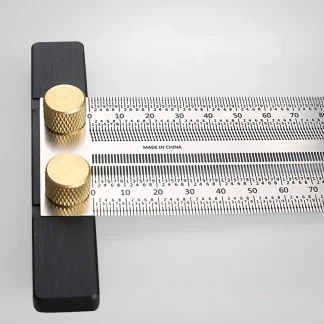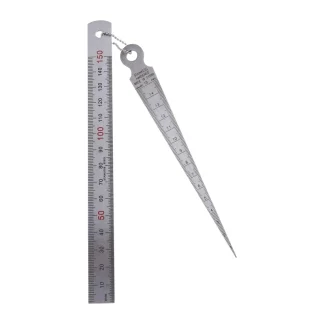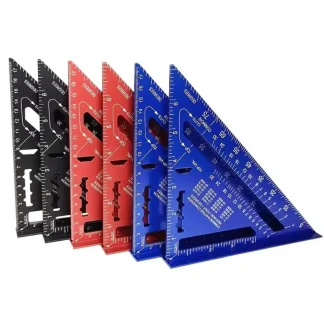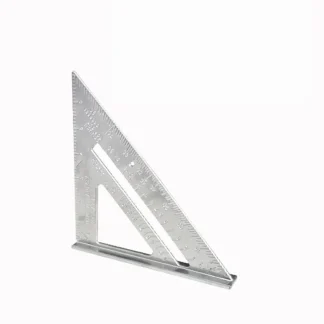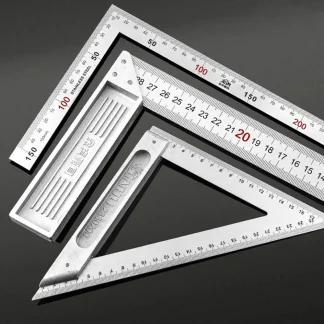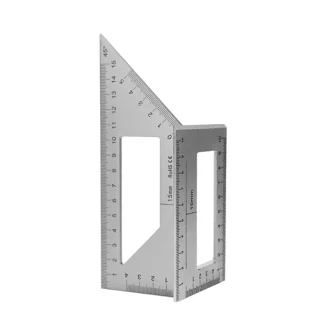Precision and Accuracy: The Significance of Angle Measuring Tools
Dive into the world of angle measuring tools, where precision meets innovation in the quest for accuracy. These indispensable instruments are designed to measure with remarkable reliability, making them essential for various fields, including construction, engineering, and carpentry. Whether you're a professional or a DIY enthusiast, these items empower you to achieve the perfect and enhance your projects' quality.
The Evolution of Angle Measuring Tools: From Ancient Tools to Modern Precision
These products have a rich and storied history, dating back to ancient civilizations. Early items, such as the goniometer, were simple yet effective devices used to measure in various scientific applications. The ancient Greeks and Egyptians recognized the importance of precise measurements, using rudimentary pieces for architectural and astronomical purposes.
As technology advanced, so did the design and functionality of angle measuring tools. By the Middle Ages, craftsmen began to create more refined versions, including the protractor and the carpenter's square. These options facilitated accurate measurements in construction and carpentry, laying the groundwork for modern practices. The Industrial Revolution further propelled innovation, leading to the creation of more advanced instruments, such as digital protractors and laser finders.
Today, these pieces continue to evolve, incorporating cutting-edge technology and design improvements. From traditional analog devices to high-tech digital solutions, these products offer enhanced precision and ease of use, catering to the diverse needs of professionals and hobbyists alike.
The Cultural Significance of Angle Measuring Tools
Angle measuring tools hold cultural significance as symbols of craftsmanship and precision in various societies. In many cultures, the ability to create with exactness is highly regarded, and these products embody this dedication to quality and detail. They serve as a testament to the intersection of art and science, highlighting the importance of accurate measurements in both creative and technical endeavors.
In the realm of architecture and engineering, these items are seen as essential instruments that contribute to the creation of iconic structures and designs. Their use is often celebrated in professional communities, symbolizing a commitment to excellence and innovation. Furthermore, these items are frequently passed down through generations, representing a legacy of skill and craftsmanship.
The Design and Features of Angle Measuring Tools
Angle measuring tools are known for their thoughtful design and functional features. Common characteristics include clear measurement markings, ergonomic grips, and durable construction. These features ensure ease of use and reliability in various settings, from job sites to workshops.
Traditional protractors and carpenter's squares often emphasize simplicity and clarity, providing users with straightforward methods for achieving accurate. Meanwhile, modern digital finders may include advanced features such as backlit displays, memory functions, and Bluetooth connectivity for seamless data transfer. These innovations cater to contemporary needs, enhancing precision and convenience while maintaining a user-friendly experience.
Innovations in Angle Measuring Tool Design
Recent innovations in angle measuring tool design have introduced new possibilities for combining functionality with user experience. Advances in digital technology have led to the development of smart finders that can calculate automatically, providing real-time feedback and measurements. These options often include built-in calculators for trigonometric functions, simplifying complex tasks.
Customization has also become increasingly popular, with manufacturers offering these items that allow users to personalize settings and features according to their specific needs. This trend ensures that each product can adapt to various applications, reflecting the diverse requirements of different projects.
Moreover, sustainability has emerged as a significant focus, with many angle measuring tools incorporating eco-friendly practices in their design and production. This shift reflects broader trends in responsible manufacturing, providing environmentally conscious options without sacrificing quality or performance.
The Future of Angle Measuring Tools
The future of these options promises to embrace ongoing innovation, technology integration, and user-centered design. As the demand for accuracy and efficiency continues to grow, manufacturers are exploring new materials and technologies to enhance both the functionality and aesthetic appeal of these items.
Customization and user adaptability will remain key trends, allowing for tools that cater to the specific preferences of individual users. This focus on personalization reflects the increasing desire for unique, tailored instruments that complement various styles and working methods.
As design and technology progress, these products will likely incorporate new features, such as augmented reality (AR) capabilities for enhanced visualization and precision. The emphasis on accuracy, innovation, and user satisfaction will ensure that these items continue to be valued assets for professionals and hobbyists alike.
Choosing the Right Angle Measuring Tool
Selecting the ideal angle measuring tool involves considering factors such as the type of projects you undertake, your preferred measurement style, and desired features. For those working in carpentry or construction, a robust protractor or carpenter's square may be suitable, offering straightforward measurements and durability.
If precision is paramount, consider investing in a digital finder with advanced features, such as automatic calibration and data recording capabilities. These products can streamline your workflow, ensuring that you achieve the utmost accuracy in every project.
The design and aesthetics of these products should also align with your personal style and working environment. Whether you prefer a classic look or a modern, high-tech appearance, the right tool can enhance both your performance and enjoyment in your craft.
Confidence in your choice will enrich your experience with these items, ensuring they serve as indispensable instruments for precision and accuracy. Embrace the reliability and innovation of these options and discover how they can elevate your projects, adding an element of professionalism and care.
Conclusion: The Enduring Importance of Angle Measuring Tools
Angle measuring tools embody the perfect blend of precision and innovation, offering essential solutions for achieving accurate measurements across various applications. Their evolution from simple instruments to advanced devices highlights their enduring relevance in the realms of craftsmanship and engineering.
By understanding their history, design features, and future trends, you can appreciate these items as more than just devices—they are symbols of accuracy, skill, and dedication to quality. Explore the world of these options and find the perfect instrument to enhance your projects, reflecting both precision and innovation.
Whether for professional use or personal projects, a well-designed product offer unparalleled reliability and functionality, ensuring that your work is executed with the highest level of precision. Embrace the timeless importance of these items and make them a fundamental part of your crafting journey.
